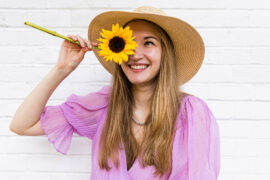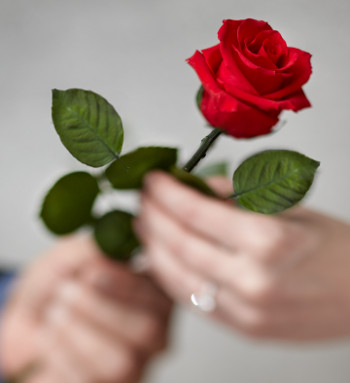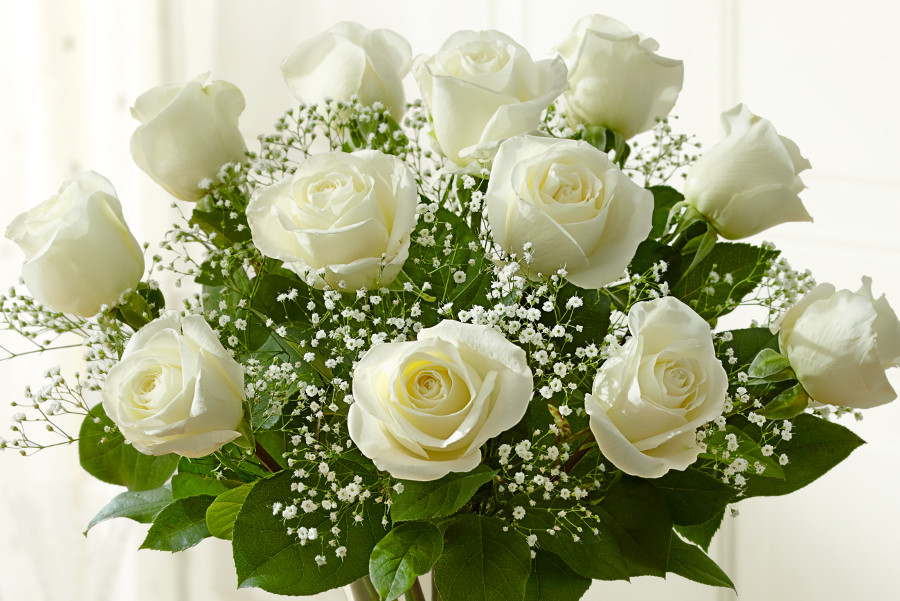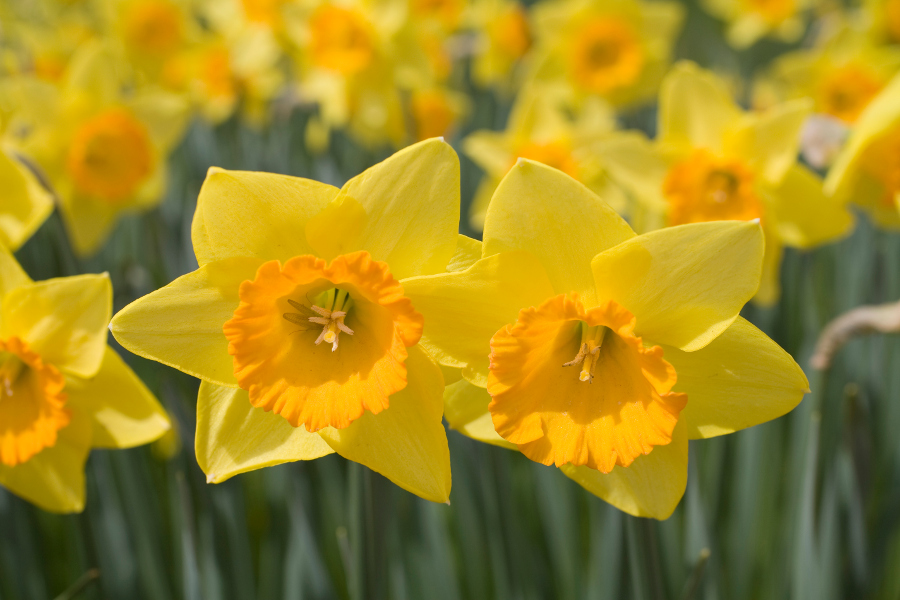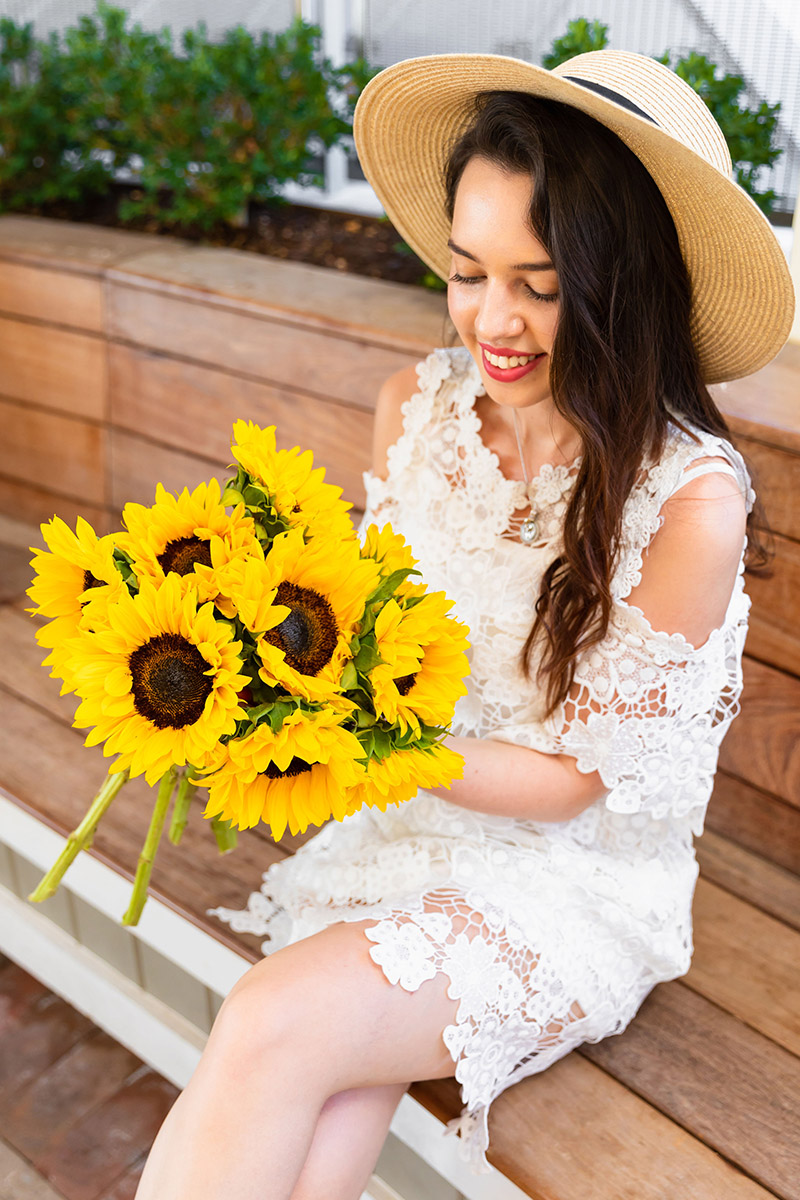
Sunflowers have long been associated with happiness and joy, but what else do these cheerful blooms represent? Various cultures around the world view sunflowers in a symbolic way, and many of them have ascribed their own meaning to this beloved flower. Let’s take a closer look at sunflower symbolism to better understand what these vibrant flowers signify.
History and origins of sunflowers
Sunflowers are believed to have originated in North America, having first been cultivated by Native American tribes for their nutritional and medicinal value. These people used sunflowers as a dye for fabrics, as well as for ornamental purposes. They also incorporated the flower heads into various rituals and ceremonies.
During the 16th century, sunflowers were introduced to Europe and quickly became popular as decorative plants. They were also used in medicinal preparations and as a food source for birds and other wildlife.
In more recent times, sunflowers have become an iconic symbol of summertime and happiness. People often give them as gifts to express feelings of admiration and affection. Additionally, the yellow petals of sunflowers are believed to represent loyalty, longevity, and friendship.
Cultural meanings and symbolism of sunflowers in different societies
Different societies throughout history have revered sunflowers for their beauty, resilience, and cheerful nature. In many cultures, these flowers represent the sun and are seen as symbols of hope and optimism.
Here are four examples of what sunflowers symbolize in different cultures.
- Many Native American cultures see sunflowers as symbols of the harvest, and as representing fertility and abundance. One particular tribe, the Hopi, see sunflowers as representing prosperity and believe they bring good fortune to those who grow them.
- The Chinese associate sunflowers with long life, good luck, and happiness. They often give these flowers as gifts on birthdays and other special occasions.
- In Victorian England, sunflowers symbolized loyalty, longevity, and adoration. They were often used in floral arrangements for weddings and other celebrations.
- In Greek mythology, Clytie, a beautiful nymph, fell in love with the sun god Helios, who abandoned her for another woman. Heartbroken, she sat on the ground and stared at the sun for nine days without food or water until she was transformed into a sunflower. Thus, to the ancient Greeks, sunflowers symbolized unrequited love, devotion, and loyalty.
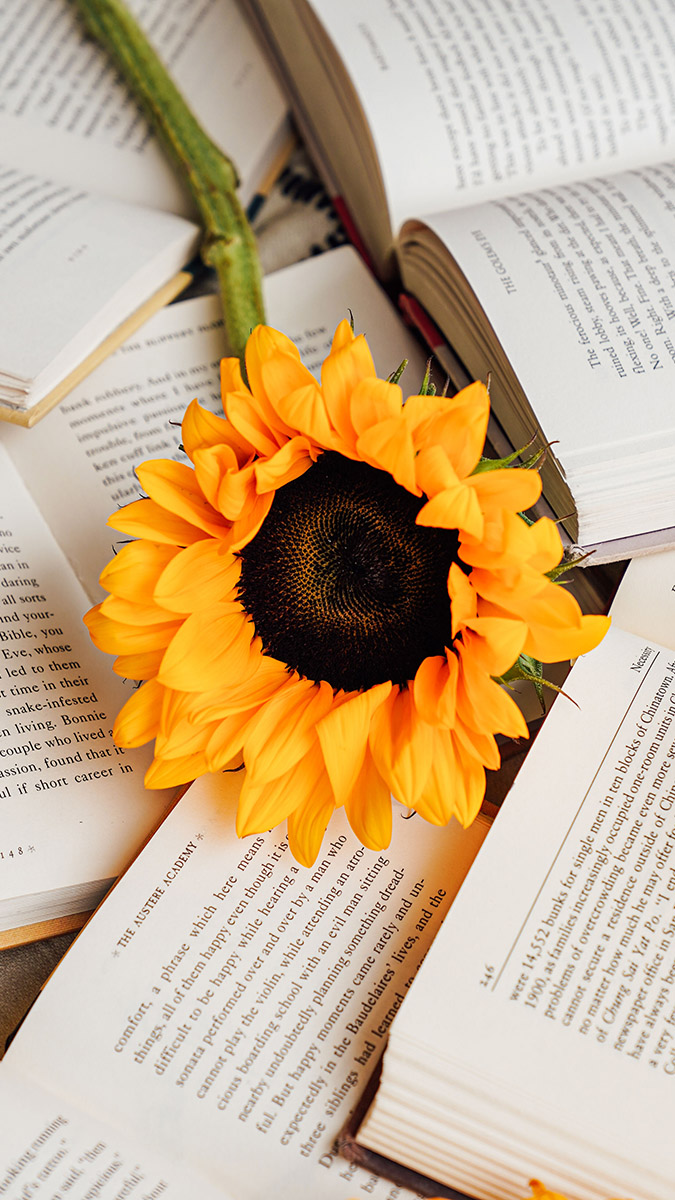
Sunflower meanings in art and literature
One artist, above all, has become synonymous with sunflowers: Vincent Van Gogh. In Van Gogh’s paintings, sunflowers often represent the beauty and resilience of nature. The Dutch painter admired the bright, vibrant colors of sunflowers, which he saw as a reflection of the natural world’s endless creativity. In his famous series of paintings featuring sunflowers, he captured the essence of these cheerful blooms, using bold brushstrokes and bright yellows to convey their essence.
Nineteenth century American poet Emily Dickinson also featured sunflowers in her work. In her writing, sunflowers represent the passing of time and inevitability of death. In her poem “The Sunflower,” Dickinson describes the flower as “a tall fellow / In the sunflower country / Walking along the highways / Melancholy.” Here, the sunflower’s towering height and drooping petals serve as a reminder of the fleeting nature of life and the need to savor every moment.
In addition to their aesthetic appeal, sunflowers have practical uses in art and literature. Their seeds have long been used to make oil paints, which are still widely employed by artists today. Sunflowers often appear in children’s books, too, where they represent the joys of summer and power of imagination.
Sunflowers as a symbol of health, healing, and positivity
Many cultures have used sunflowers for their medicinal properties. Native Americans, for instance, would grind sunflower seeds and use them to treat kidney ailments, respiratory problems, and other medical conditions. In addition, sunflowers have also been associated with anti-inflammatory and antioxidant benefits due to their high vitamin E content.
The sunflower has also become a popular symbol for cancer patients and survivors. This is partly due to the bright and optimistic energy the flower exudes, as well as its ability to thrive in harsh conditions. Many cancer patients find hope and inspiration in the sunflower’s ability to persevere and grow despite adversity.
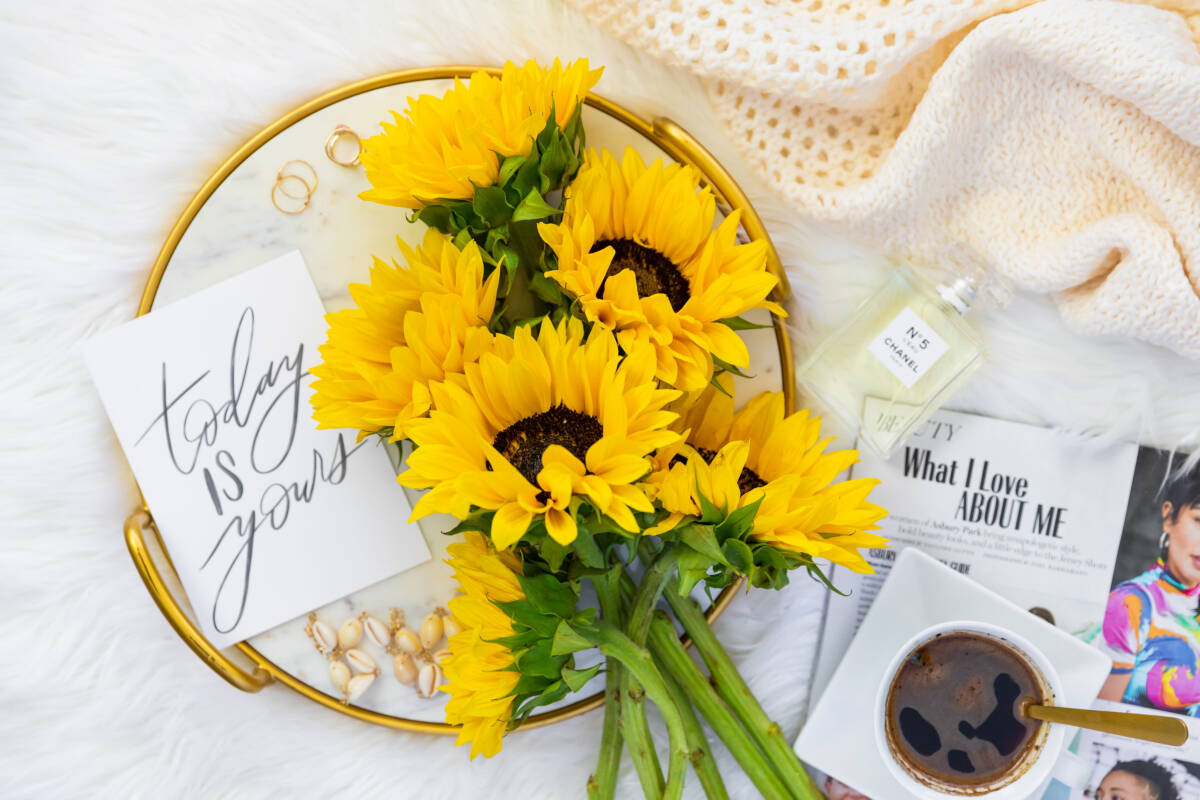
In spiritual and metaphysical contexts, the sunflower has been linked to the solar plexus chakra, which is associated with confidence, willpower, and personal power. By meditating with sunflowers or incorporating them into one’s surroundings, it is possible to tap into the energy of the sunflower and promote greater self-esteem and vitality.
Sunflowers as a spiritual and metaphysical symbol
Sunflowers always face the sun and have come to represent that life-giving star and its energy. They also follow the sun’s path across the sky, a behavior that is said to represent a person’s ability to seek out and connect with positive energy and guidance in their life.
Sunflowers can grow tall and strong even in adverse conditions, making them symbols of longevity and resilience.
The sunflower can also be seen as a symbol of enlightenment, spiritual awakening, and personal growth. Its bright yellow petals and radiant energy are thought to bring positivity and joy into people’s lives. This makes sunflowers a popular choice for meditation and spiritual practices.
3 ways to incorporate sunflowers into your life
Sunflowers are a great addition to your home or workspace, as they bring positivity and cheerfulness wherever you put them. Here are three ways to bring sunflowers in your world.
1. Sunflower decor
Use sunflowers to brighten up your home by placing them in vases, as wall art, or even on pillows or blankets.
2. Sunflower seeds
Plant sunflowers in your garden or backyard to attract bees and other pollinators, and enjoy the bright colors they bring to your space.
3. Sunflower bouquets
Surprise a loved one with an arrangement of sunflowers to bring a smile to their face.
